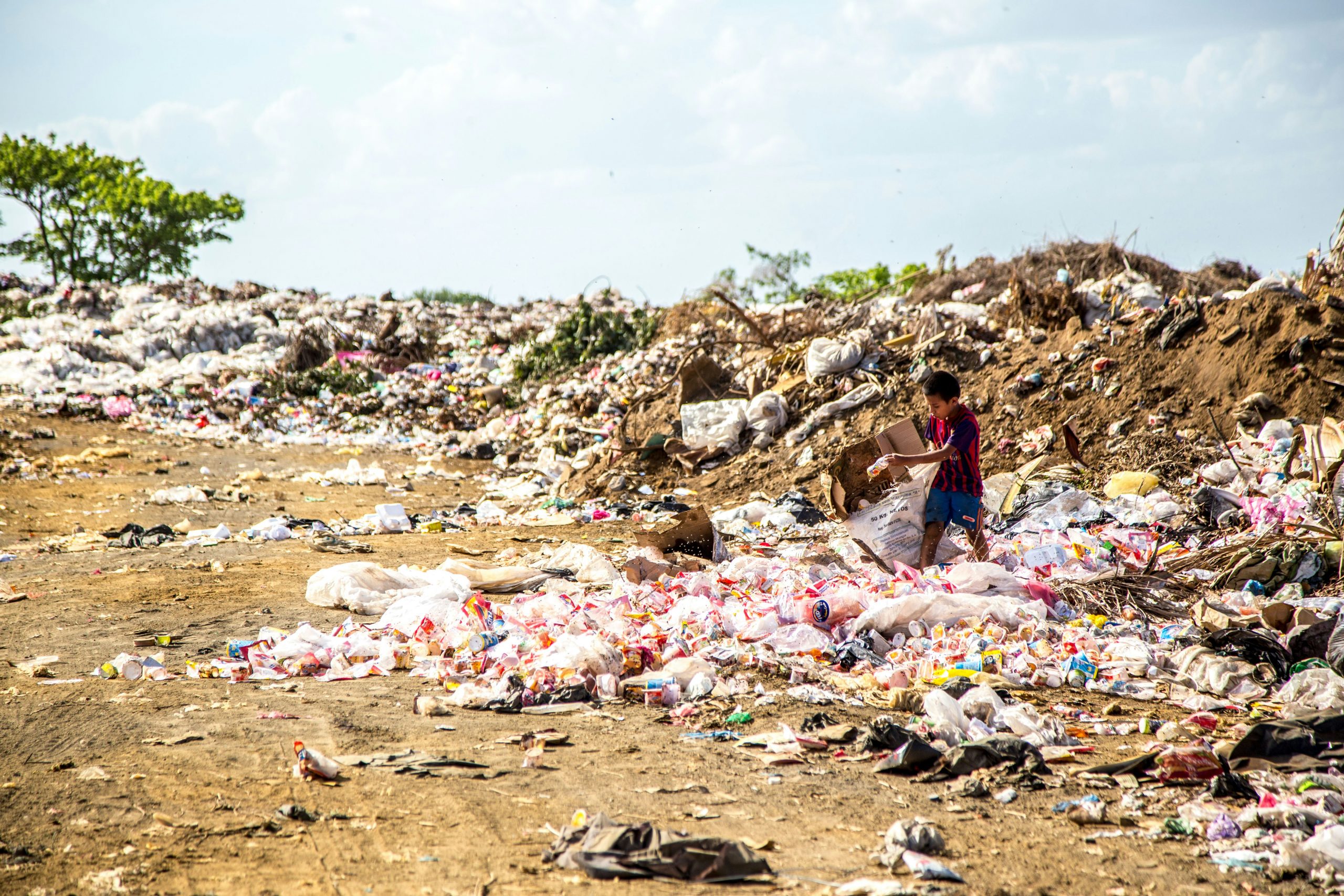
Transforming Fashion Events with Innovation and Sustainability: An Insight into “Fashion Alive”
The newly released Best Practise Guide for Impact Generation through Artistic Events is a comprehensive resource that highlights innovative strategies for creating impactful, sustainable


